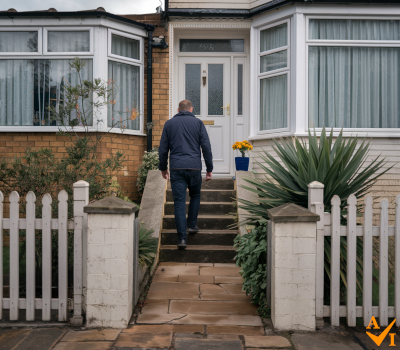1. Secure Financing: It's time to finalise your mortgage if you haven't already. Confirm the loan details, including the interest rate, monthly payments, and any other financial terms with your lender. It’s essential to have a clear understanding of your mortgage obligations.
2. Conduct a Home Inspection: A professional home inspection is indispensable. This step uncovers any potential issues with the property, such as structural defects or ageing systems, which could lead to costly repairs later. It also allows you to negotiate repairs or adjust the offer accordingly.
3. Review the Closing Disclosure: Before closing, you’ll receive a Closing Disclosure. This document outlines your loan's final terms and the closing costs. Compare it with the initial Loan Estimate and ensure all the details are accurate.
4. Title Search and Insurance: Make sure a title search is completed to verify the seller has a legal right to sell the property. Title insurance protects you from future property ownership disputes.
5. Prepare for Closing Costs: Allocate funds for closing costs, which can include various fees like loan origination, appraisal, and escrow fees, typically ranging from 2% to 5% of the purchase price.
6. Final Walk-Through: This is your opportunity to inspect the property one last time before closing. Check if all agreed-upon repairs are done and the house is in the expected condition.
7. Closing Day Procedures: On closing day, you’ll sign numerous documents to finalise the purchase. Ensure you understand every document you sign and don’t hesitate to ask questions.
8. Transition Utilities: Set up your utilities – water, electricity, gas, and internet – to ensure they're operational from day one in your new home.
Completing these final steps meticulously is the key to a seamless home-buying experience. They are the culmination of your hard work and dedication in the journey to homeownership. Remember, this last phase is about ensuring everything is in place for a smooth transition to owning and enjoying your new home.











